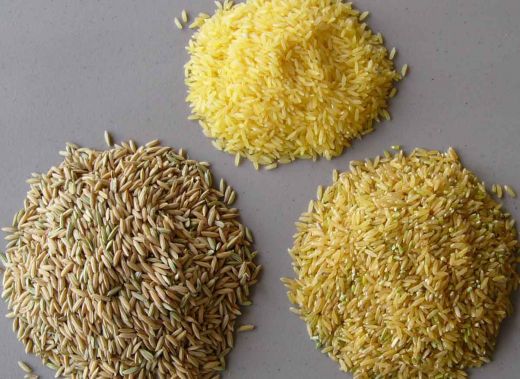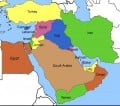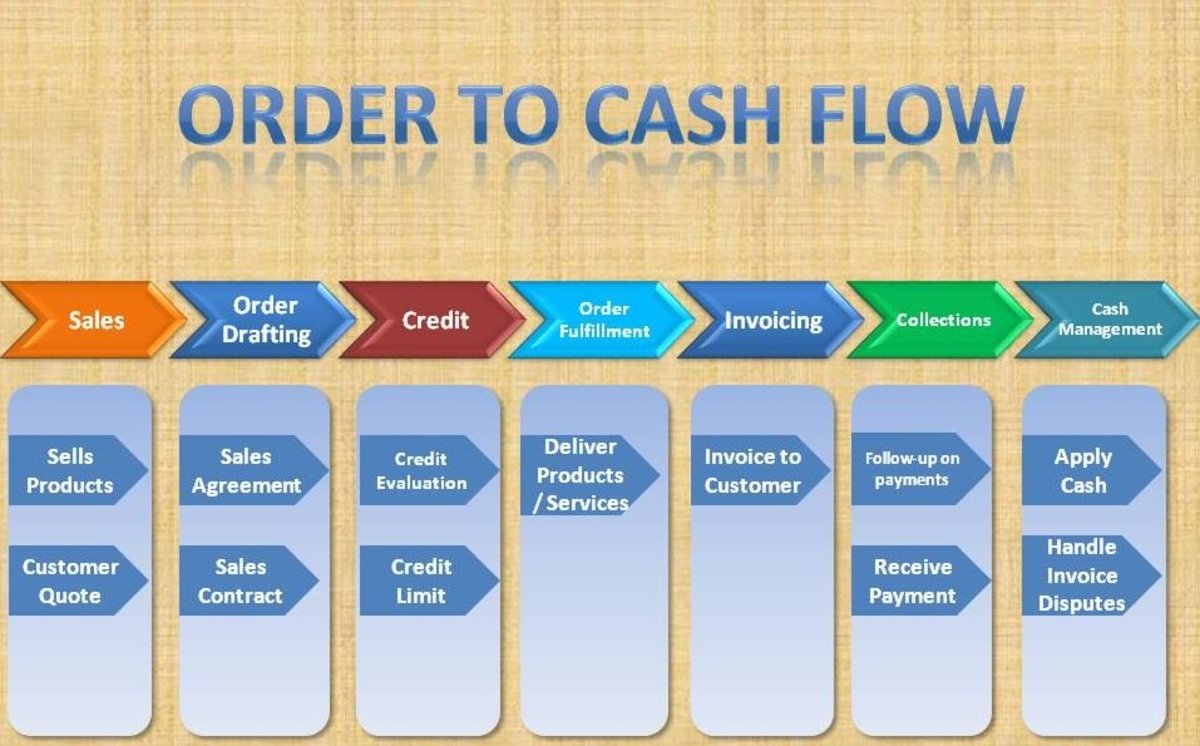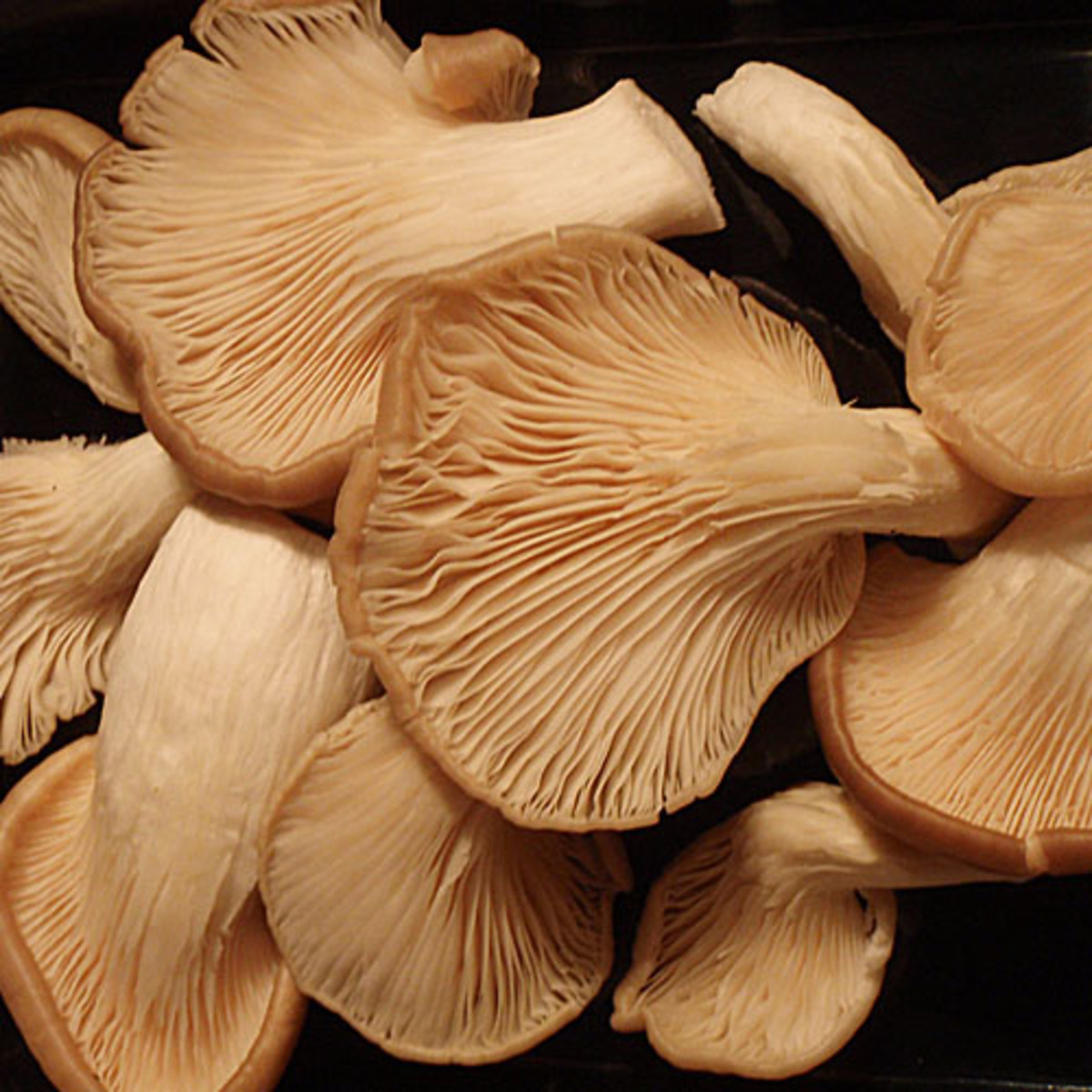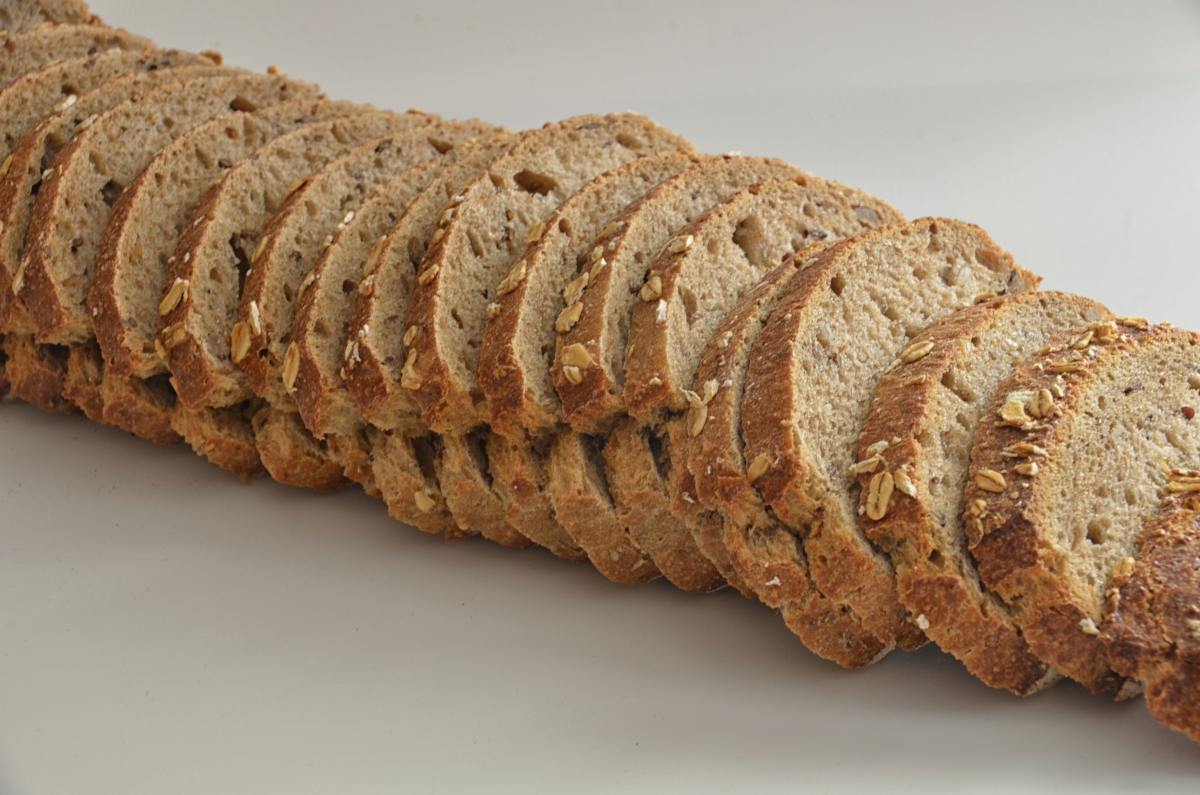How rice is grown
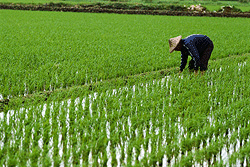
African and Asian rice are grown in two ways depending on the location and climate where it is planted. There are two types of growing rice in certain parts of the country. One of it is called lowland rice. Rice is grown in flooded plains called ‘paddies’ so its roots are able to make use of the nutrient content from the water. Paddy Rice Farmers usually plant seeds first in little seedbeds and transfer them into flooded fields which were already plowed. Other highly-developed countries plant the seeds using a drill in fields already leveled mechanically. Afterwards, it is flooded either by rainwater or by irrigation.
Considering how rice is probably the most eaten staple food in the world it is interesting how primitive methods are still used in the growing process by local farmers whereas the processing packaging and distribution is performed by multi-national companies such as Heinz, Kraft, and Parmalat to name a few. This is because at this level the value adding of the product takes place. The multi-national companies are able to regulate both quantity price delivered to the market. As such they have over the decades formed powerful monopolies on food production and distribution.
Rice is a staple diet food for many nations you can read more in detail[ read more...].
In places where there is not enough water to nurture the crops, upland rice is used. Rice is planted on soil and its roots only extract nutrients depending on the nutrient content of the soil.This method produces fewer rice varieties. Since only small amounts of nutrients are available for the roots of the rice to extract when compared to paddy rice. Where sufficient amounts of nutrients are extracted. countries like Laos depends on this process for growing rice.
With both growing techniques rice can be harvested in about 3 to6 months. In Third World countries the farmers harvest the rice using a knife, gather and tie them in bundles and leave them in the field for drying. A process called threshing follows where animals walk over the rice to take out the grain. Western countries process rice using machines called combines. Then harvests the rice, removes and then cleans its grain. The grains are then dried in places where high temperatures exist. After processing, removal of the grain's hull follows. This exposes the bran and brown rice is produced. If the bran is taken away, white rice is produced. Brown rice is more nutritious than white rice. Polished rice is produced by processing the kernels through a machine where they are polished finely by brushes.

When only the outermost layer of a grain of rice (the husk) is removed, brown rice is produced. To produce white rice, the next layers underneath the husk (the bran layer and the germ) are removed, leaving mostly the starchy endosperm.
Several vitamins and dietary minerals are lost in this removal and the subsequent polishing process. A part of these missing nutrients, such as vitamin B1, Vitamin B3, and Iron are sometimes added back into the white rice making it "enriched", as food suppliers in the US are required to do by the Food and Drug Administration (FDA).
